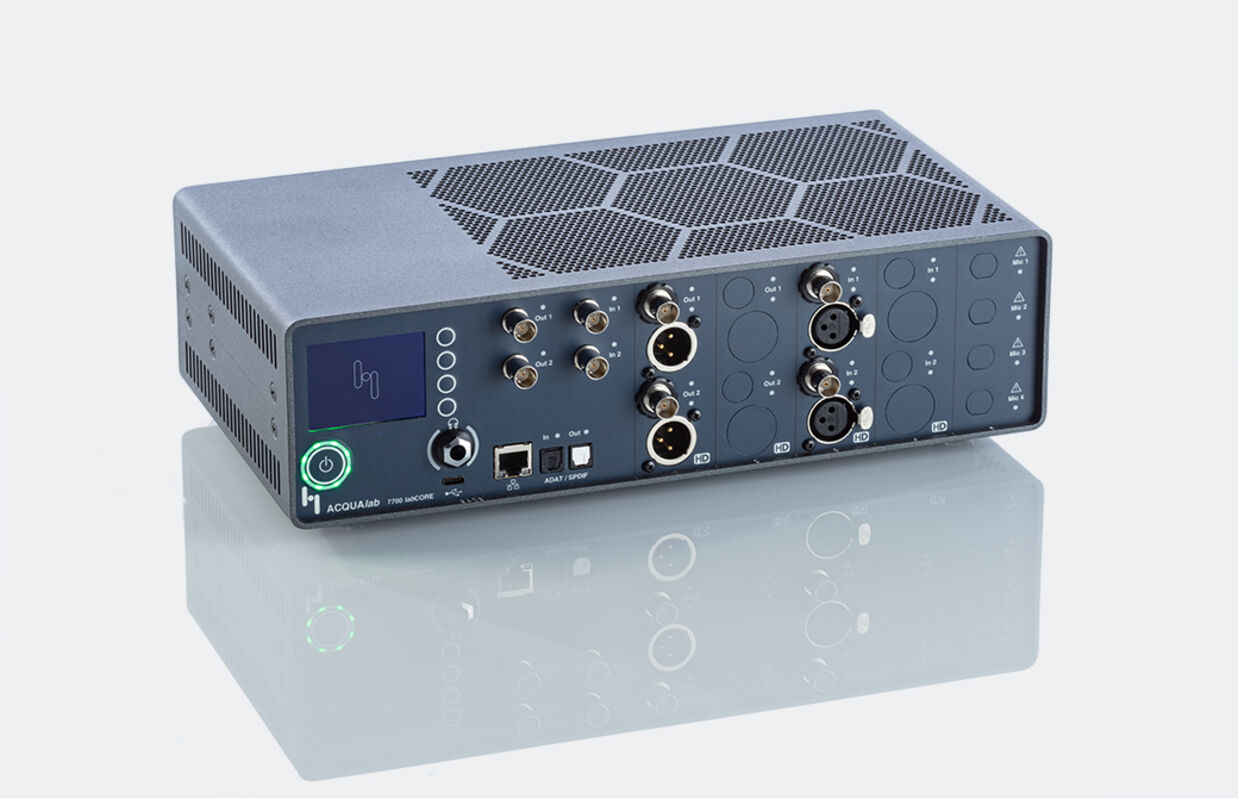labCORE extensions – Adaptation to specific measurement purposes
labCORE provides a variety of hardware and software extensions. Thus, users can flexibly expand the hardware platform and adapt it to specific measurement purposes. Thanks to its modularity, the hardware platform is ideally suited for testing voice and audio quality of devices in various fields of applications and with different transmissions technologies.
The following extensions are available:

